Carmelite water is a centuries-old elixir steeped in history and herbal mystery. It's been used for centuries for its aromatic properties and potential health benefits. If you love traditional herbal remedies and DIY perfume, this recipe is for you!
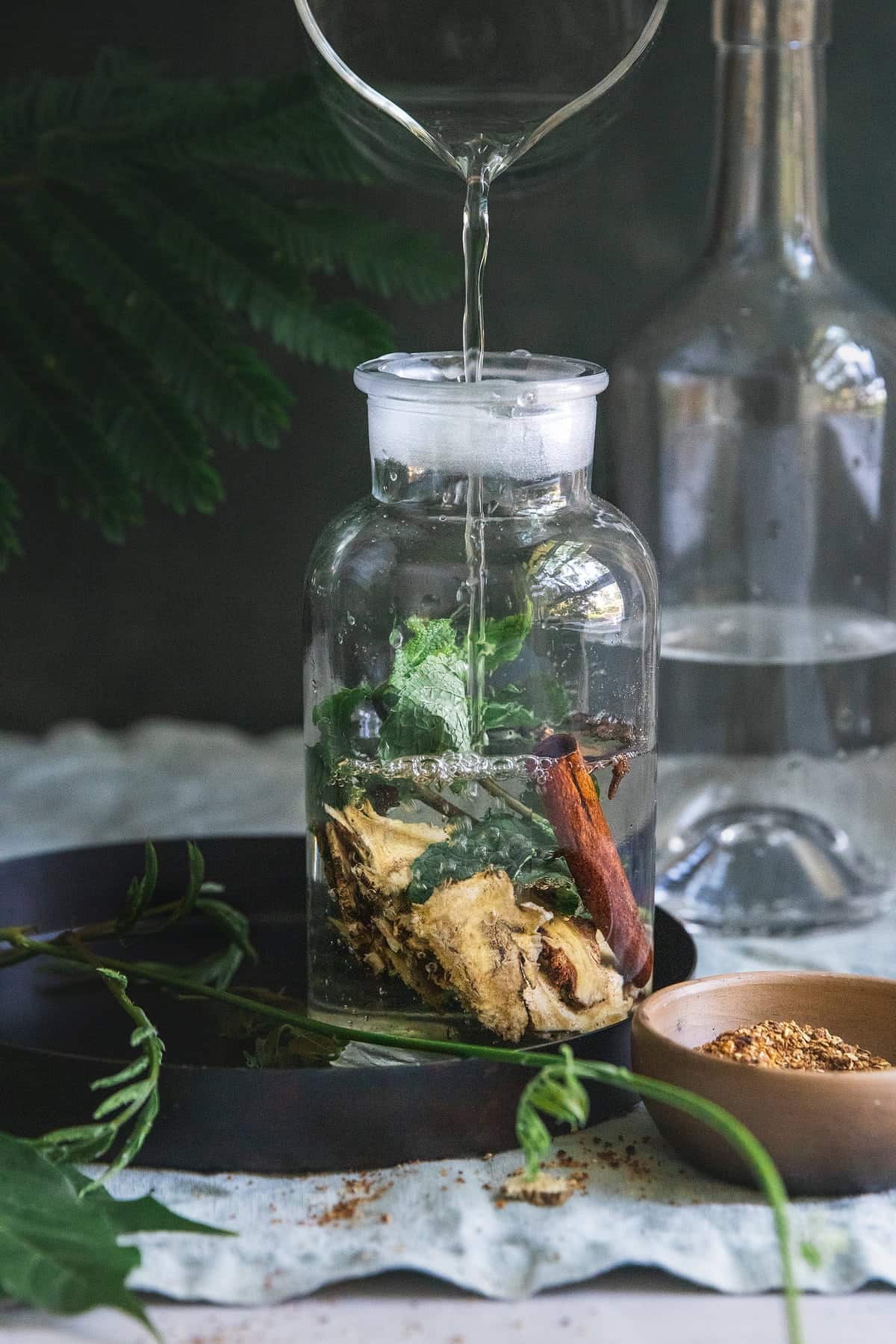
I'm fascinated by the origin of perfume-making, and how traditional recipes like Hungary water began as herbal remedies and later became used for their fragrances. The original recipe and preparation methods for Carmelite Water vary a bit, but this simplified version lets you make your own version at home.
Jump to:
What Is Carmelite Water?
Carmelite Water, also known as "Eau de Carmes," is an herbal remedy and fragrance that originated with the Carmelite nuns in the 17th century. Much like Florida water and Hungary water, it combines herbalism and early perfumery.
Crafted like a tincture, it uses a base of alcohol infused with a variety of herbs and spices. The traditional formula is believed to combine the soothing qualities of lemon balm (Melissa officinalis) with the earthy depth of angelica root angelica root, along with coriander, nutmeg, and lemon peel.
Ingredients

- 1 cup fresh lemon balm leaves
- ¼ cup angelica root, dried
- ¼ cup lemon peel, dried
- 1 tablespoon coriander seeds
- 1 nutmeg, crushed
- 1 cinnamon stick
- 2 cloves
- 1 liter of vodka or a similar high-proof alcohol
Instructions
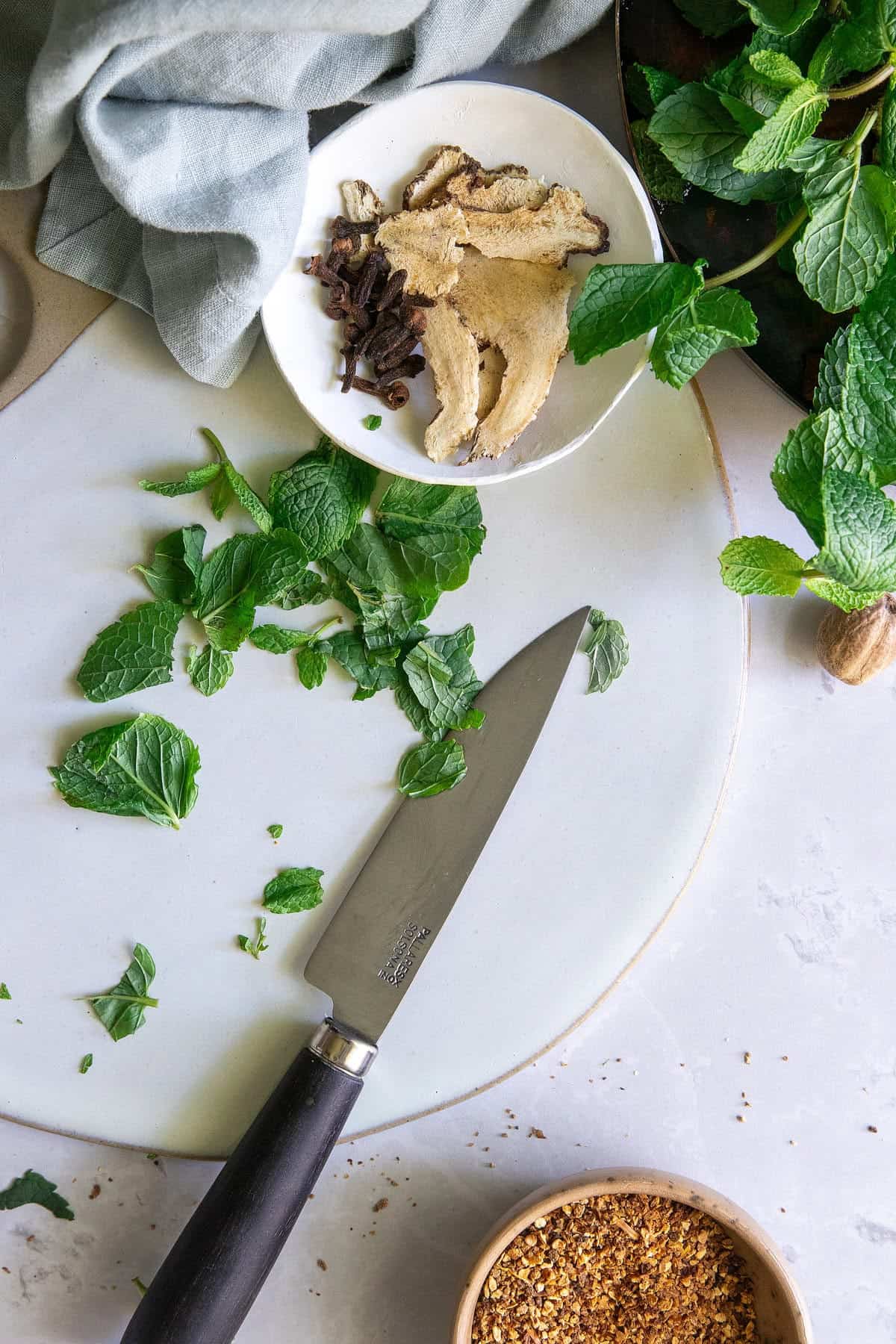
Step 1: Prepare Herbs
Wash and thoroughly dry the lemon balm leaves then coarsely chop. Remove as much white pith as possible from the lemon peel.
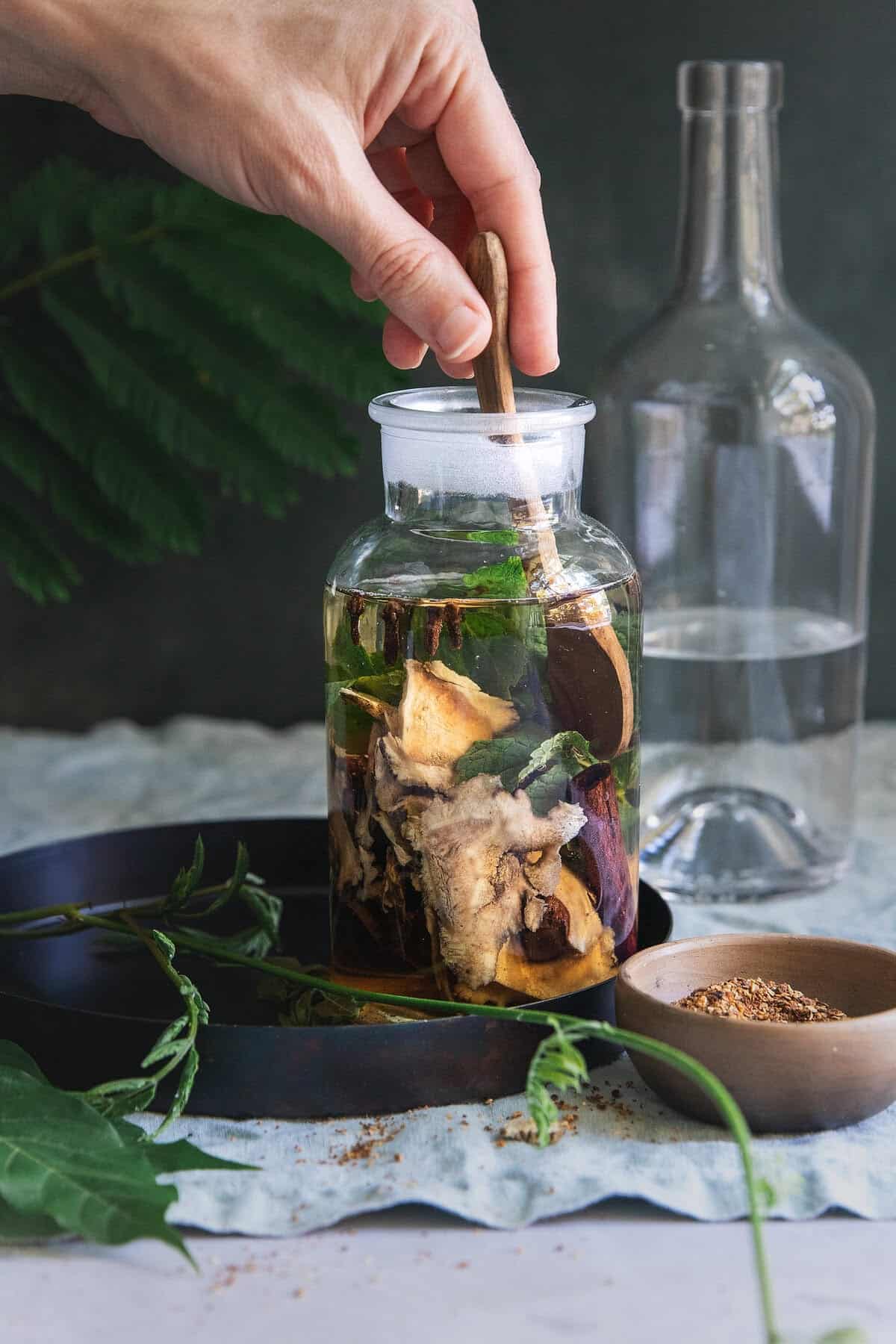
Step 2: Combine Ingredients
In a large glass jar, combine all the herbs and spices. Pour the vodka (or other alcohol) over the top, ensuring that the ingredients are fully submerged.

Step 3: Infuse then Strain
Seal the jar tightly and store it in a cool, dark place for about 2-4 weeks, shaking every few days.
Strain the mixture through a fine mesh strainer or cheesecloth to remove all the solid particles.
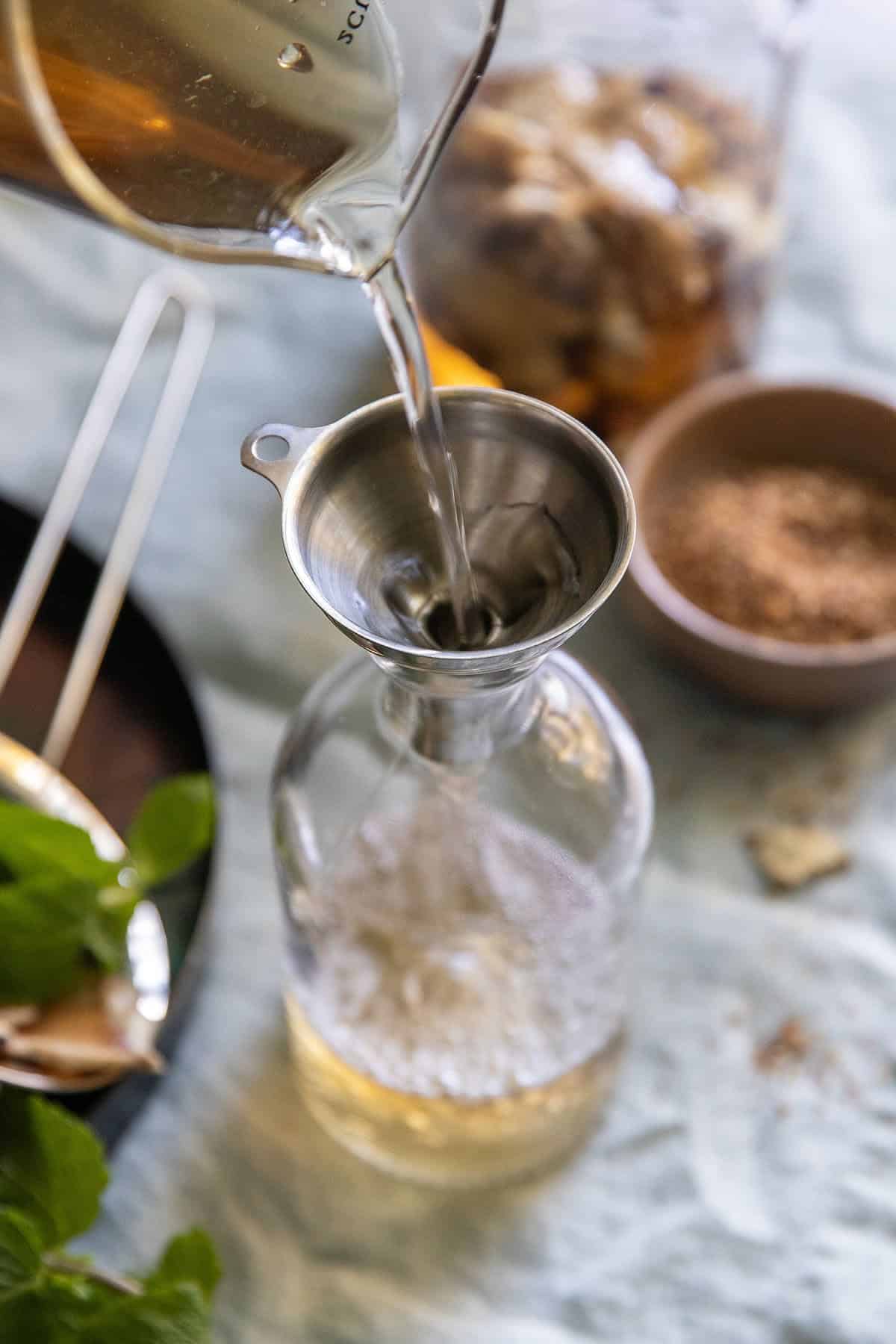
Step 4: Bottle + Store
Transfer the strained Carmelite Water into a clean, sterilized bottle. Seal and label the bottle.
Keep the water in a cool, dark place, and it should last for several months to a year.
Substitutions
Varying the recipe for Carmelite Water can be a delightful exploration of herbal and aromatic creativity. Here are some ways to vary the recipe and possible ingredient substitutions you might consider to tailor the fragrance or enhance its properties:
Herbs
- Lemon Balm: Consider using mint or spearmint for a different but somewhat similar fresh and minty note.
- Angelica Root: Licorice root can be a substitute, providing a sweet and earthy flavor, though it has a stronger taste.
- Lemon Peel: Orange or grapefruit peels can offer a different citrus twist.
Spices
- Coriander Seeds: Cardamom pods could be a lovely alternative, giving a slightly sweet and aromatic flavor.
- Nutmeg: Mace, which is the outer shell of the nutmeg, provides a similar but slightly milder and more delicate flavor.
- Cinnamon Stick: Try vanilla bean instead for a sweet and rich aroma.
- Cloves: Star anise could be used to provide a similar warm, spicy note with a hint of licorice.
New Ingredients
- Floral Notes: Lavender or rose petals can be included for their calming and aromatic qualities.
- Herbal Touches: Thyme or sage could be added for a more robust herbal character.
Alcohol Base
- Vodka: Typically used for its neutral flavor, but you can use brandy for a deeper, sweeter base, or even a clear rum for a slightly sugary undertone.
- Witch Hazel: For those avoiding alcohol, witch hazel can be a substitute though it changes the extraction process and preservation qualities.
10 Ways to Use Carmelite Water

Made like a perfume, Carmelite water is often used for its unique fragrance. And because it was originally crafted by nuns, Carmelite water also has spiritual and soothing applications. Here are some of the ways it can be used:
As a Fragrance
- Personal Perfume: Its herbal and spicy aroma makes it a unique personal scent. Dilute with water to make a cologne.
- Linen Spray: Lightly mist sheets, towels, or clothing to impart a fresh, clean scent.
- Room Freshener: Use it as a natural air freshener by spraying it in rooms or on furniture for a pleasant aroma.
For Health and Wellness
- Stress Relief: The scent of lemon balm and other herbs can be calming. Apply a small amount to the temples or wrists when you're feeling stressed.
- Sleep Aid: Spritz a little on your pillow or bed linens before sleep. The calming herbs may help improve sleep quality.
- Skin Care: Use as a mild astringent or toner for the skin. It's believed to have soothing properties that could benefit sensitive or irritated skin.
As an Herbal Tonic
- Digestive Aid: Historically, Carmelite Water was taken internally to help with digestive issues. (Note: If you're considering taking it internally, ensure all ingredients are safe for consumption and consult with a healthcare professional first.)
- Headache Relief: Applied with a cloth to the forehead or sniffed directly, it was believed to relieve headaches.
Miscellaneous Uses
- In Bathwater: Add a splash to your bathwater for a fragrant and potentially relaxing bath experience.
- Hand Sanitizer: In times when traditional hand sanitizers are unavailable, the high alcohol content in Carmelite water may have served as an alternative for hand sanitization.
FAQ
Yes, substitutions are possible, especially if you have difficulty finding specific herbs. See suggestions above. For example, if you can’t find angelica root, try using a small amount of licorice root.
A high-proof alcohol like vodka is commonly used because it is neutral in flavor and effectively extracts the essences of herbs. You can also use brandy or another clear spirit.
Traditionally, it was consumed for its health benefits, particularly for digestion and nerves. However, ensure all ingredients are food-grade and safe for consumption. Always consult a healthcare professional concerning medicinal uses.
Yes, due to its herbal ingredients, Carmelite Water can be used as a mild astringent or toner. Always conduct a patch test first to ensure there is no skin irritation, especially if you have sensitive skin.

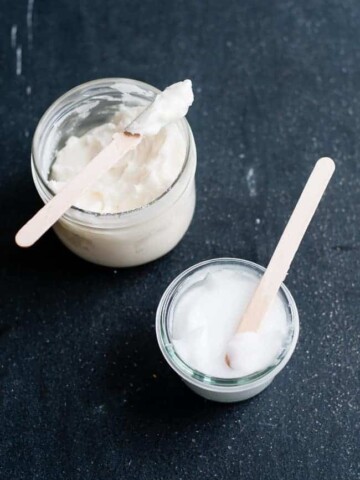
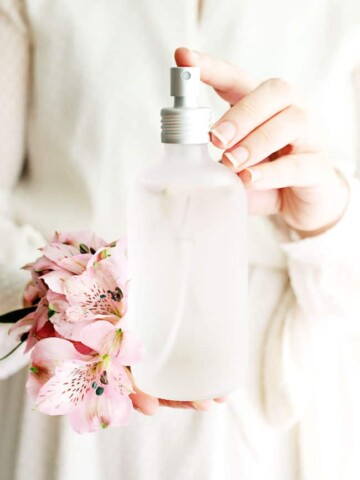
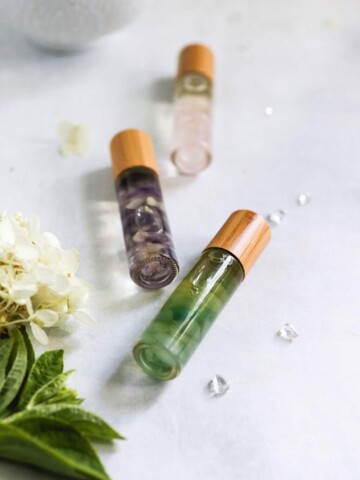
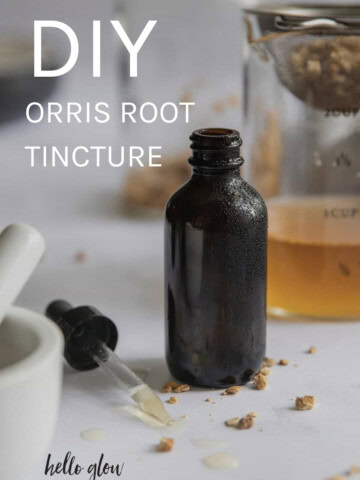
Leave a Comment